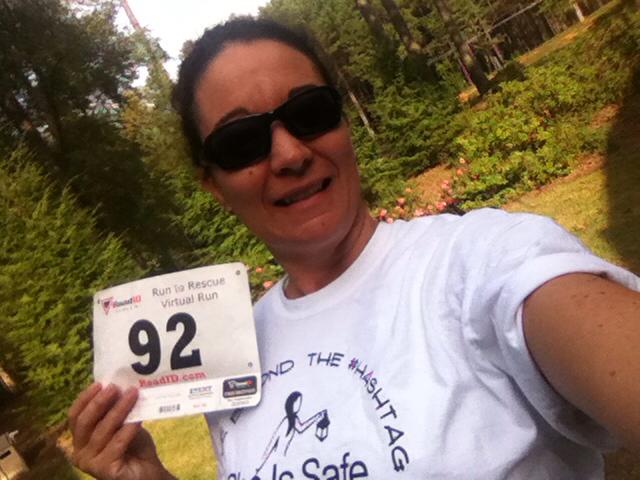I mentioned before that upon learning about the extent of modern-day slavery (27 million slaves worldwide today) and human trafficking in the world, my gut-level response was a passion for rescuing slaves and those enduring the horrors of human trafficking.
Then I learned about the work
She is Safe does training women in the work of
Transformation Groups. This work captured my attention because of the potential to attack the problem of human trafficking by empowering women to slowly and pervasively alter the oppressive aspects of their culture by benefitting their communities. The change brought about through an effective Transformation Group could actually keep trafficking from happening in the first place.
Think about it--as exciting as it is to hear stories of women and girls being rescued from horrific situations, I can guarantee you that every one of them would say that it would have been even better
if they had never been trafficked.
Looking back now, I can see that my enthusiasm for Transformation Groups and prevention work made me a little frustrated with what
seemed like a focus on the work of rescue over prevention.
Here's the thing: It all matters.
As we were preparing to travel to Myanmar, my friend Katy mentioned a video she had seen that painted a great picture of the comprehensive work of anti-trafficking.
This is not my word picture, but it was a powerful image for me in gaining understanding about the scope of anti-trafficking.
Imagine you are on the side of a river and notice there is a child in the water flailing about, drowning. Of course,
you must save that child! The right thing to do at that moment is jump into the river, pull the child to safety, and begin working to revive him.
Even as you are attending to the gasping child, you notice another child coming downstream, in trouble and struggling to survive. Again, you jump in. This cycle repeats itself until it seems there is a never-ending crisis as child after child floats down river.
The sheer number of victims and relentlessness of the flow cause you to think:
What is going on up river that all these children are drowning? Do they not have boats? Have they never learned to swim?
It would be useful to run upstream and find out what is causing the crisis at hand, except that if you leave your spot to find out, the children currently in the river where you are would be lost. You need to stay where you are, but someone needs to go find out what's going on upstream and work to solve the problem there.
What is needed is someone up river, identifying the sources of the problem and doing the work to prevent children from falling in.
Do you see? BOTH locations are critical in stopping the crisis.
That is the idea in anti-trafficking work; it takes a team of workers, working together at different points in the trafficking process to solve the crisis.
Rescue IS important. When I was in Myanmar, I met several women who had been rescued through a brothel outreach. Many of them had previously been trafficked to China and escaped, only to begin working in the brothels of Myanmar because they believed the lie that they were ruined in China and that the sex-industry was now the only place they had value. However, through the friendship of some rather remarkable people, these young women were able to realize that they were not damaged goods, and that there were options open to them besides prostitution. In a shelter in Myanmar, they were healing their minds and spirits, and re-learning "normal life" things like keeping a routine, working predictable hours, and caring for themselves and their surroundings. Seeing these lovely, shy faces, who were obviously healing and growing in confidence,
I could never again say that prevention is more important than rescue.
Still, on my visit to Myanmar, my fervor for prevention work only deepened. Not only did I meet young women who had been victims of human-trafficking, I also had the joy of meeting many children and teen girls who moved from rural areas with their families because the best jobs available to their parents were to collect trash in the city. Because of life circumstances like poverty and lack of education, too many of them are at high risk for being trafficked. Looking at the still innocent faces of the children and teens we visited and knowing the deep emotional and spiritual scars that result from trafficking, I am even more desperate that prevention work should be happening.
The beauty of the illustration of the river is the understanding it gives me of the work of She is Safe. They also grasp the idea that a team is needed. They do not prioritize one branch of work over another. Instead, they are like a person who assists the people working all along the river
who cannot leave their posts. They form partnerships in high-risk areas, providing assistance, resources, and encouragement to the leaders in the area who are already doing prevention, rescue and restoration.
In later posts I will write more about what this partnership approach looks like in Myanmar. In the meantime, I encourage you to go to the
She is Safe website and learn more about their partnerships and the countries where they are involved.




























